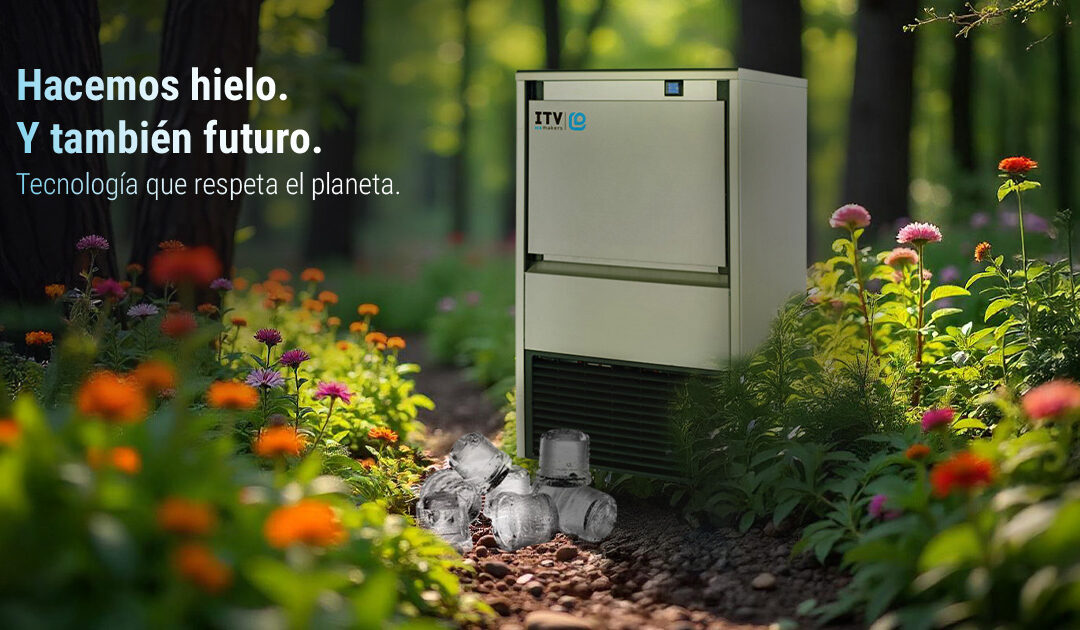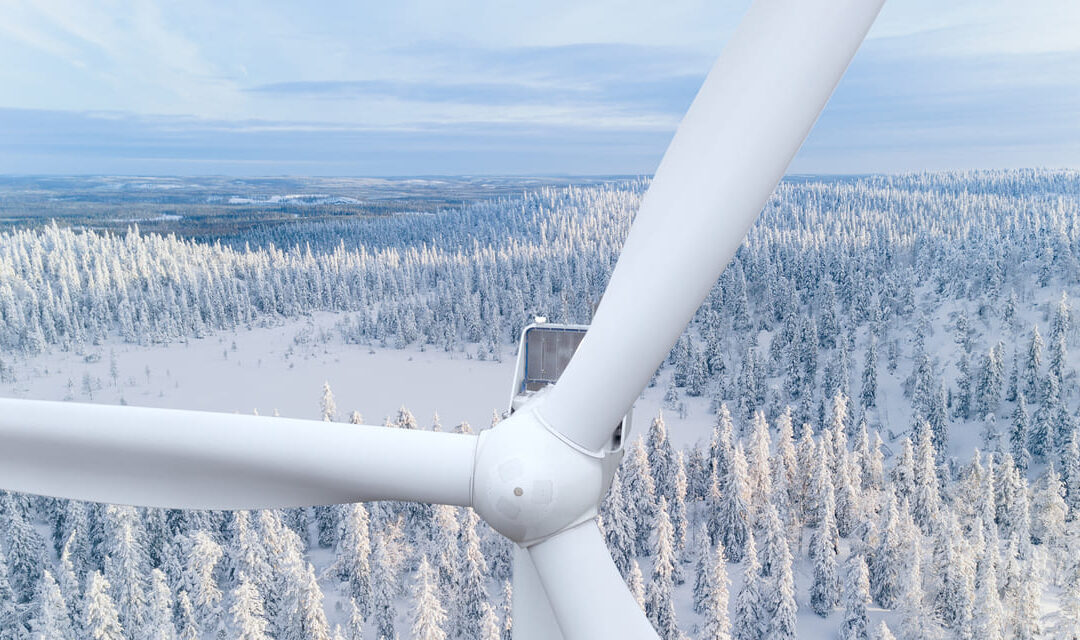
La evolución del logo de ITV Ice Makers: 40 años de diseño
Detrás de cada marca hay una historia visual que ha ido evolucionando con ella y adaptándose a su personalidad y esencia. En nuestro caso, el logotipo de ITV Ice Makers no es solo una imagen: es el reflejo de más de cuatro décadas de innovación, diseño e identidad...

Nuestra apuesta por un futuro sostenible
Cada 5 de junio se celebra el Día Mundial del Medio Ambiente, una fecha clave para reflexionar sobre el impacto que nuestras decisiones tienen en el planeta. En ITV Ice Makers, este compromiso va mucho más allá de un solo día: forma parte de nuestro ADN empresarial...

Cristina Cordón en FELAC: Liderar desde la experiencia
Con motivo del Día Internacional de la Mujer, la Federación Española de Asociaciones de Fabricantes de Maquinaria para Hostelería (FELAC) ha querido dar voz a algunas de las mujeres líderes del sector. Entre ellas, Cristina Cordón, CEO de ITV Ice Makers, ha compartido...

SPIKA MS: Evolución Tecnológica para una Experiencia de Usuario Mejorada
En ITV Ice Makers, la innovación es una prioridad. Queremos pulir cada vez más la experiencia de usuario, y es por eso que hemos estado trabajando en una evolución tecnológica para nuestra gama SPIKA MS. Hemos incorporado una nueva placa electrónica y un sistema de...

Gama Elegance: Diseño y Estética
A la hora de producir hielo, no debe olvidarse el aspecto de la estética de los hielos. Los negocios no solo buscan calidad y rendimiento, también necesitan un producto que luzca visualmente y le dé un toque de exclusividad a su espacio. Desde ITV Ice Makers vamos a...

NG 2 CUBE: el nuevo cubito para bebidas Premium
En ITV Ice Makers lanzamos al mercado un nuevo cubito, en concreto uno de 90 gramos diseñado específicamente para hostelería. Te contamos cuáles son las ventajas de este nuevo diseño y por qué puede mejorar enormemente la experiencia de los clientes de este sector. Un...

MEDIKAL IQ: Diseñada para el sector salud
En el sector de la salud, la higiene y la seguridad son aspectos sin duda innegociables. Es por ello que en ITV Ice Makers hemos desarrollado un nuevo modelo de máquina de hielo: MEDIKAL IQ, diseñado para hospitales, clínicas y laboratorios. Una máquina de hielo...

El 19 de Octubre Todos Contra el Cáncer de Mama
Como sucede cada año, el 19 de octubre el mundo se vistió de rosa para conmemorar el Día Mundial Contra el Cáncer de Mama. Una fecha muy especial para reflexionar sobre los avances que se han hecho en la detección y tratamiento de esta enfermedad. Desde ITV Ice Makers...

La Magia Sensorial del Hielo y las Experiencias ASMR
En los últimos años hemos visto el auge de las experiencias sensoriales conocidas como ASMR (Respuesta Sensorial Meridiana Autónoma). Consiste en provocar una sensación de relax y placer sensorial al espectador utilizando imágenes estéticamente placenteras y sonidos...

ITV Ice Makers, comprometidos con la sostenibilidad
En ITV Ice Makers, estamos comprometidos con la excelencia no solo en la fabricación de máquinas de hielo de alta calidad, sino también en nuestra responsabilidad hacia la sociedad y el medio ambiente. Desarrollo Sostenible en la Fabricación de Máquinas de Hielo...

